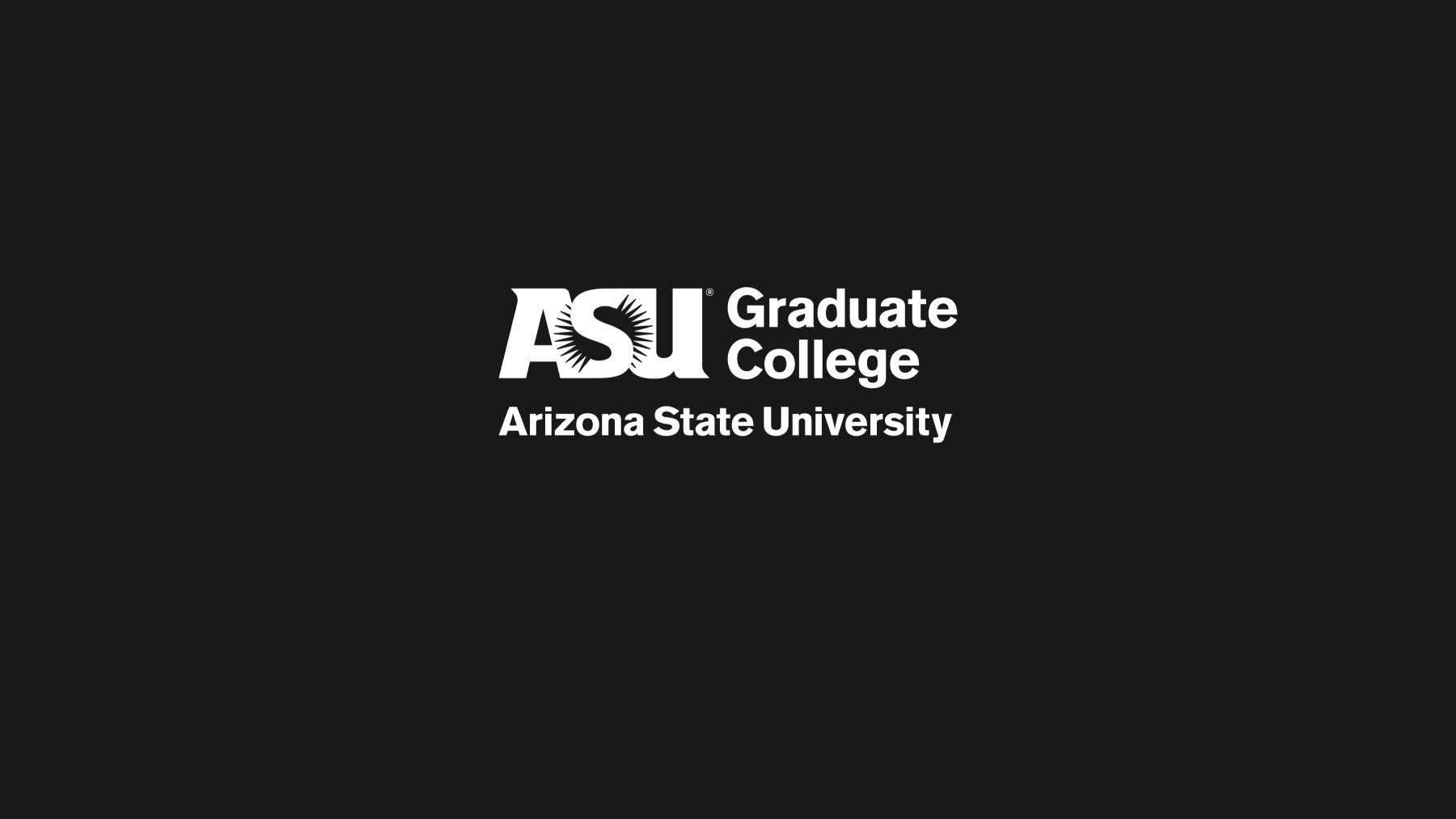
Arizona Postdoc Research Conference highlights National Postdoc Appreciation Week
The first-ever Arizona Postdoctoral Research Conference was held in September 2019. This was the first collaborative, interdisciplinary and state-wide conference organized by the University of Arizona and Arizona State University postdoctoral offices. Postdocs from UA, ASU, Mayo and TGen attended and presented on a variety of topics ranging from the philosophy of science to mathematical models of sediment shifts to understanding the genetics of complex conditions and diseases.
In preparation for the conference, the reviewers scored more than 50 abstracts, selecting 16 talks and 21 poster presenters, alongside three other postdocs and two faculty members from across the participating institutions.
“I was astounded by the breadth of research our postdocs were involved in and amazed by their contributions to science,” said Hope Sparks Lancaster, postdoctoral associate in the department of Speech and Hearing Science.
The speakers presented research on math, material sciences, health intervention, access to education, ecology, genetics, philosophy of science, aging and pediatric traumatic brain injuries. Posters represented the many fields in life, health and social sciences, cancer research, and engineering. Attendees voted for the best poster and two runners-up. “Impact of Green Infrastructure on Hydrologic Response of a Highly Engineered Commercial Catchment” by David Dziubanski took the best poster vote. Runners-up were, “Bulk Material Based Selective Infrared Emitter for Sub-Ambient Daytime Radiative Cooling” by Linshuang Long and “Heterogeneity of Cardiac Fibroblast Populations is Reduced by Transient Angiotensin Converting Enzyme Inhibition in Hypertensive Rats” by Alexandra Garvin.
Steven Elliott wrapped the conference with a talk on conceptualizing research problems. He said, “A problem is a state of affairs or situation in which something valued is harmed or is obstructed from reaching an end both valued and assigned to it.”
After the conference, attendees, presenters and organizers socialized at a reception sponsored by the postdoc offices at UA and ASU.
Lancaster reflected on her mission, “My personal research problem has been the need to create a community for postdoctoral scholars here at ASU and with our sister institutions. Postdoctoral scholar communities are inherently valuable for supporting the personal and professional development of postdocs in their early career phase. When these communities do not exist, we deprive the next generation of scientists the relationships, opportunities and supports necessary for attaining independence.”
This research conference, as well as the creation of the ASU Postdoctoral Affairs Office, ASU Early Career Research Network, UA Office of Postdoctoral Affairs and UA Postdoctoral Association are the first of many steps in creating the necessary community to support postdoctoral scholars state-wide and see the true contributions that postdocs can make to science when they have access to a community of fellows.
More stories from the Graduate Insider

Graduate education is an adventure
About eighteen months ago, I set out on a journey walking the islands of the Dodecanese during a sailing trip in Türkiye and Greece with several friends. Along the way, I found winding paths, timeless villages and breathtaking views of sea and sky. That experience got me thinking about how adventure shows up in other parts of life, especially in learning.

Finding your flow: Managing the graduate writing process
Graduate writing can feel like a marathon—long, demanding, and full of unexpected detours. But as Tristan Rebe, Program Manager for the Graduate Writing Center, reminded students in the Grad15: Managing the Writing Process webinar, writing is not about perfection—it’s about progress. “The best dissertation is a done dissertation,” Rebe said, quoting Robert Frost: the best way out is through.
